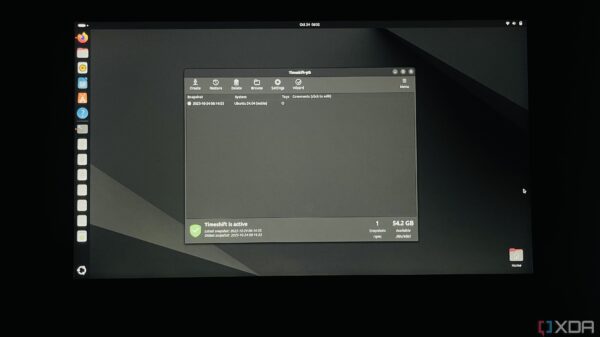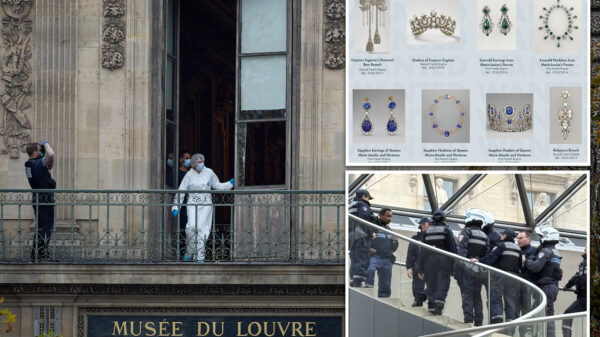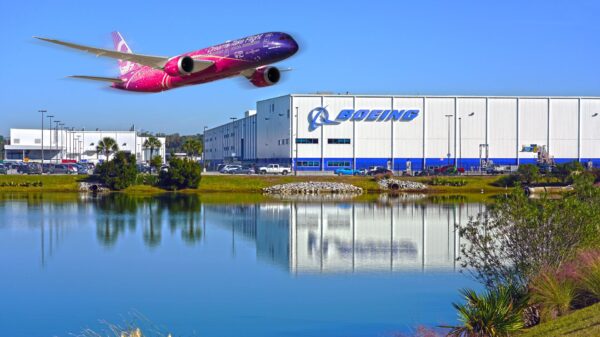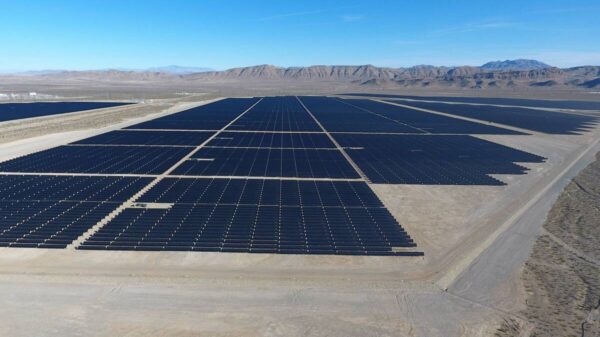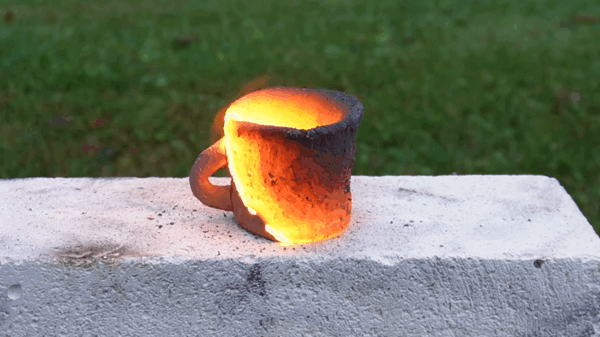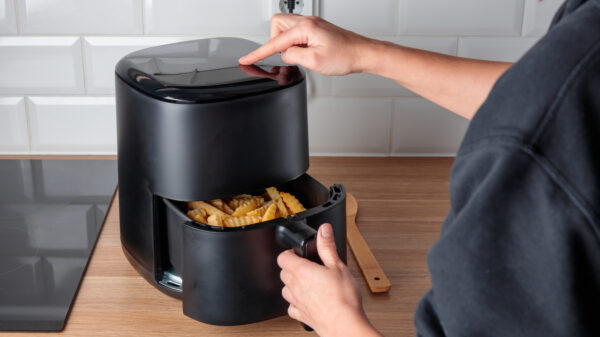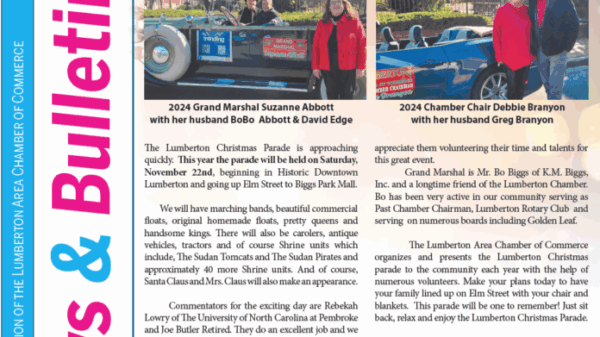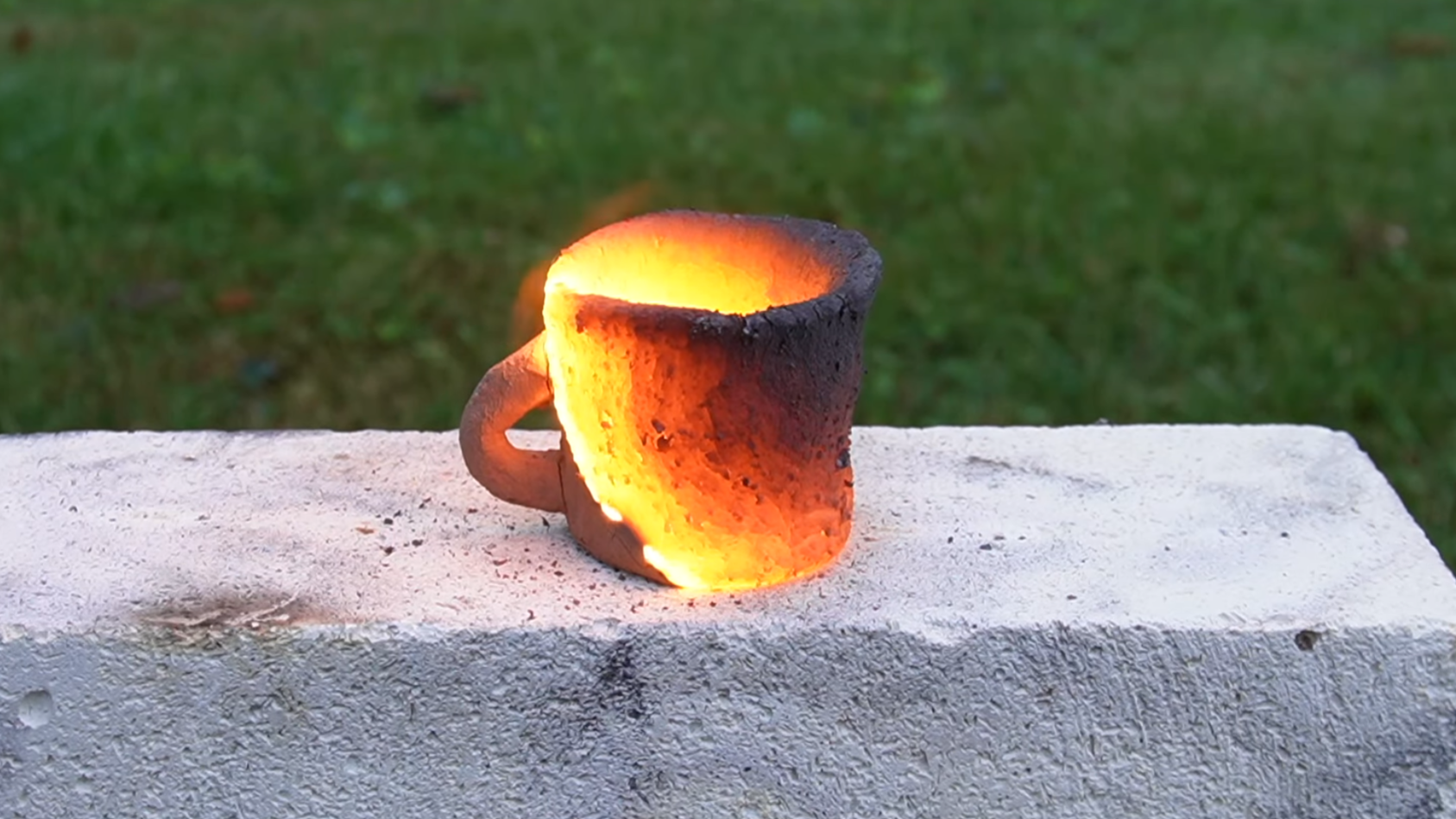Innovative experiments led by researcher Degree of Freedom have resulted in the development of a self-firing ceramic material using finely powdered aluminium and clay. By mixing these components, he discovered a method to create a paste that, upon drying and ignition, transforms into a hard ceramic substance. This breakthrough raises intriguing possibilities for applications in ceramics and material science.
The initial experiments involved varying the ratios of aluminium powder and clay. Degree of Freedom found that a mixture of three parts aluminium to five parts clay by volume produced the most effective results. However, during the process, he observed the formation of hydrogen bubbles beneath the surface of the clay. This reaction was caused by the aluminium interacting with water, leading to potential cracking during the firing process. Notably, the presence of kaolinite, a component of the clay, seemed to accelerate this unwanted reaction.
To address the bubbling issue, Degree of Freedom attempted to passivate the aluminium through heating in air or water. Unfortunately, these methods did not prevent the reaction. Interestingly, clay sourced from his backyard did not accelerate the reaction in the same way as kaolinite, allowing the mixture to dry without forming bubbles. Despite these advances, the backyard clay mixture remained somewhat unreliable.
To enhance consistency, Degree of Freedom incorporated iron oxide into the mixture. This addition aimed to initiate a thermite reaction, which could produce sufficient heat to potentially melt the clay. After extensive testing, he determined that a combination of sixteen parts clay, seven parts aluminium, and five parts iron oxide yielded the best firing results.
In his trials, he created two cups, a thin rod, and a cube from the thermite-enhanced clay mixture. The results varied significantly, with some pieces exhibiting rough finishes and fragility due to expansion during firing. Conversely, some items demonstrated surprising strength, showcasing the potential of this innovative approach.
While the precise chemistry of the clay-aluminium combinations remains somewhat unclear, it is noteworthy that not all thermite reactions necessitate iron oxide. Therefore, earlier mixtures may have contained thermite components, suggesting further exploration is warranted in this area.
The implications of this research extend beyond ceramics. The potential for developing a moldable thermite paste, as demonstrated by recent innovations involving 3D printing, indicates that the applications of these findings could be vast. As Degree of Freedom continues to refine the process, the future of self-firing ceramics and related materials appears promising.



